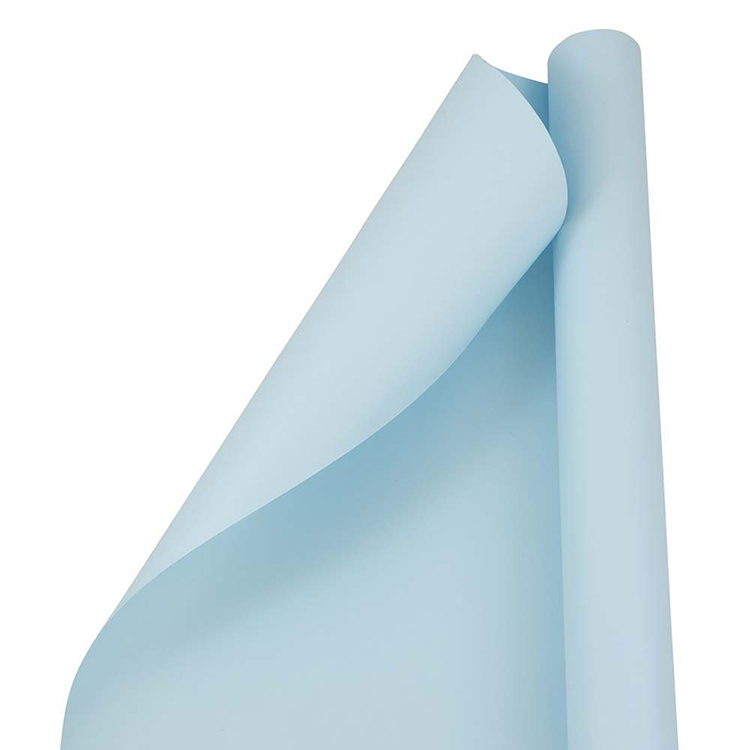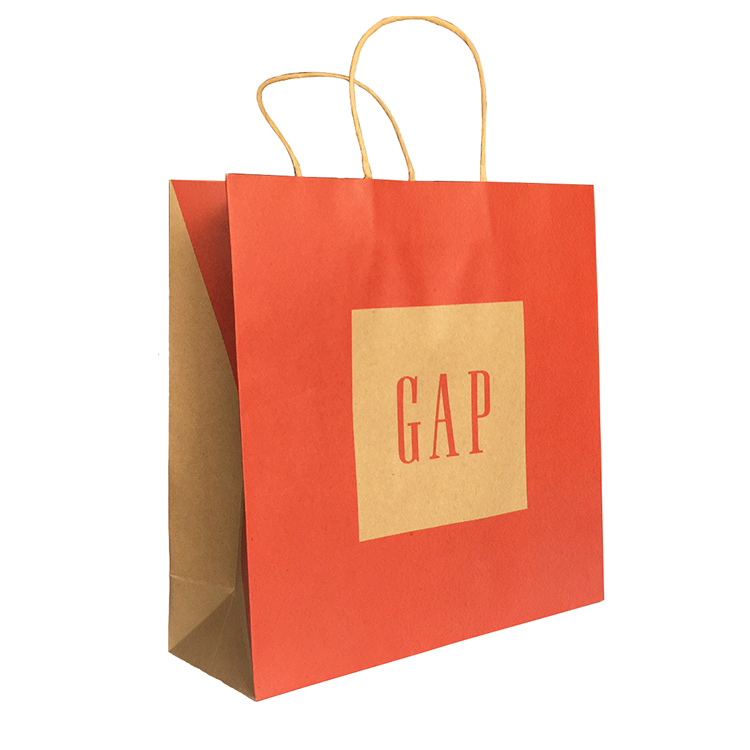Home cooks haven’t had many options in the lump charcoal and briquet market. Now a few Texas companies, including Franklin Barbecue, are offering better-made, more sustainable versions.
Daniel Vaughn is the country’s first barbecue editor, and he has eaten more barbecue than you have. Earrings Box

Trading in the propane tank for a bag of charcoal and a chimney starter is the first step toward bringing legitimacy to your backyard grilling. But since you’ve made the switch, what about the fuel? There are so many charcoal choices out there. There’s lump charcoal, charcoal briquets, and instant light varieties with the lighter fluid baked right in. These days, there are many more options for charcoal labeled “premium.” But what does that mean, besides more expensive?
“I wanted every piece in the bag to be usable,” Joey Machado said of the Texas Original Charcoal brand he launched last year. The Seguin native has spent many years in the charcoal industry representing brands like Texas-based B&B Charcoal and Fogo charcoal, headquartered in Florida. He’s seen how charcoal is made, both the lump variety from carbonized wood chunks and briquets made with compressed powder. He said some companies will try to pad the weight of a lump charcoal bag with small pieces and “shake,” an industry term for charcoal powder. “It’s the worst feeling when you open a bag that’s nothing but crumbles,” Machado said. And when you pour it into a charcoal chimney for lighting, it falls right through the bottom. I know the feeling.
Machado explained that his and other premium lump charcoal brands filter out the shake, so only larger chunks remain in the bag. He said the goal for Texas Original Charcoal is for the bottom third of the bag to be filled with two-to-four-inch pieces, while the top third is hand-filled with larger pieces from a plant in Monterrey, Mexico. There, Mexican carbañeros turn green oak wood into charcoal that is shipped to Texas.
Producing lump charcoal in Mexico is common. I visited a small B&B Charcoal facility west of Cistern, between Bastrop and Gonzales, a decade ago and watched as workers broke down lump charcoal for bagging. The buildings are still there, but they’re now used for bagging Mexican-made charcoal. The Fogo premium charcoal in the black bag is made in Monterey near the Texas Original Charcoal facility. If “premium” isn’t enough for you, Fogo also makes super premium gold charcoal produced from inga wood in South America, and the chunks are all over four inches.
Another lump charcoal company that recently came into the market was born from a pandemic-related shortage. Ben Jablonski and Rob Silverman founded the Good Charcoal Company in 2020 to help alleviate acacia bush encroachment on the grasslands of Namibia, where the charcoal is produced. Sustainability is a big focus of the brand, which claim to be the only charcoal available in the U.S. made with FSC-certified wood. The pieces are smaller than most lump charcoal brands you’ll find in Texas, but they’re pretty uniformly sized with little shake at the bottom of the bag.
“I really don’t like lump charcoal,” Aaron Franklin of Franklin Barbecue in Austin told me. He prefers to grill with briquets. “You know exactly how long your heat curve is going to last, and it’s a milder heat,” he explained. The problem was he couldn’t find many all-natural options that didn’t include what he calls, “junky fillers or burn accelerators.” He partnered with Duraflame to produce his own line of Franklin Barbecue Charcoal briquets, which are produced in Mexico. They contain just charcoal dust, post oak sawdust, and corn starch as a binder to hold the briquets together.
Machado also produces Texas Original Charcoal briquets from all the shake they collect from lump charcoal production. They grind it fine, and make a slurry with water and corn starch. That goes into a high pressure mold then through an oven to dry them quickly to make them hard. They’re larger and more durable than the Franklin Barbecue Charcoal, which have a rustic look thanks to the sawdust, and most of the briquets remained intact inside the bag.
I had originally planned to measure the lighting times, burn temperatures, and ash development of these charcoals to see if there was any clear winner. I quickly learned that my infrared thermometer maxed out at 715 degrees, and thankfully, they all exceeded that temperature. The lump charcoals all performed well. The noticeable differences were in the briquets. I lit a chimney of Texas Original and Franklin Barbecue charcoal along with one from Kingsford, which seemed appropriate since it’s the leading brand of briquets in the country.
Honestly, Kingsford is the brand I use most often, but I might reconsider. I lit the Kingsford last, and the strong chemical smell that emerged as it ignited was more noticeable. It burned hot and lit quickly as advertised, but they all lit quickly. As I got to grilling, the smoke was gone from the Kingsford and the Texas Original, but the Franklin was still smoking. That’s why it’s formulated with post oak sawdust, but the smoke could be considered a bug by folks who want a clean-burning fire.
If you want the nitty gritty of a well-documented comparison of several charcoal brands, I recommend you read through Chris Allingham’s burn test post on his Virtual Weber Bullet site. He compares the burn rate, temperature, and ash development of the Franklin Barbecue charcoal, Kingsford, and B&B charcoal briquets.
The real lesson I came away with after lighting a half dozen charcoal chimneys was just how quickly charcoal is ready for use. I usually light mine then go back in the house to make the final preparations to whatever is going on the grill. If you’re using a gas grill for convenience, I can at least feign understanding, but it takes less than twenty minutes (fifteen with a stiff breeze) to light a chimney full of any of these charcoals using my method.
First, set an empty paper towel roll into the chimney and fill the charcoal around it. It decreases the volume slightly, but it allows more of the charcoal to light from the beginning. Under the chimney you need a good fire starter. Don’t use paper. Buy some tumbleweeds made from rolled up pine shavings and paraffin wax. The ones from Nomad are the perfect size, and only one is needed.
The cost of these charcoals could help you make some decisions about which to go with. They’re all available online and, with shipping, can be expensive. At the store, Kingsford original briquets are normally $14 for a 16-pound bag ($0.88 per pound). The Franklin Barbecue charcoal is available at all H-E-B stores, any dealer that sells Franklin BBQ Pits, and the restaurant in Austin for $12.46 for a 12-pound bag ($1.04 per pound). The Good Charcoal is available at Home Depot for $20 for a 15.4-pound bag ($1.30 per pound). Texas Original Charcoal briquets are $15 for 15-pound bag, and the lump is $20 for a 20-pound bag. They’re not available at any big retail store, but can be found at a growing number of independent supply stores and meat markets including BBQ Outfitters in Austin and San Antonio, Granzin’s and D&D Farm and Ranch in Seguin, BBQ Pro Shop in Helotes, and at Penshorn’s Meat Market in Marion. Happy grilling!
Daniel Vaughn is the country’s first barbecue editor, and he has eaten more barbecue than you have.
Daniel Vaughn is the country’s first barbecue editor, and he has eaten more barbecue than you have.
Daniel Vaughn is the country’s first barbecue editor, and he has eaten more barbecue than you have.
Daniel Vaughn is the country’s first barbecue editor, and he has eaten more barbecue than you have.
Daniel Vaughn is the country’s first barbecue editor, and he has eaten more barbecue than you have.
Daniel Vaughn is the country’s first barbecue editor, and he has eaten more barbecue than you have.
John Spong writes primarily about popular culture.
Mimi Swartz is a staff writer based in Houston.
Alexandra Samuels is a senior editor at Texas Monthly who writes about politics and policy.

wine bottle box template We report on vital issues from politics to education and are the indispensable authority on the Texas scene, covering everything from music to cultural events with insightful recommendations.